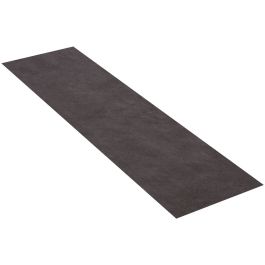
Food Preservation and Presentation Made Simpler with Steak Paper Sheets
- Durable and moisture-resistant to ensure freshness and hygiene
- FDA-compliant packaging supply
- Ideal for maintaining the texture and flavor of food products while also qualifying as a robust packaging medium for industrial use
| Case quantity |
| |||||||
| 1000 /Case |
| ||||||
Use Steak Paper Sheets to Ensure High-Quality Food Packaging
A widely used item, steak paper is a food-grade paper that is mainly used in the meat industry to wrap, pack, and present steak and other types of meat. The paper is made from reliable material that helps combat mess created by leakage or spilling of food items.
However, its uses are not limited to meat and it can be used in various industries to work as a wrapping, layering, or packaging tool.
Features of steak paper are -
- Food-grade Quality – They are made from high-quality, food-safe paper that ensures hygienic contact with meat and other food items.
- Grease and Oil Resistance – They are coated or treated in a way that enables them to resist grease and oil. This prevents the paper from getting soggy, ensuring it maintains the integrity of the items wrapped or the products wrapped in it.
- Moisture Absorption – Steak paper sheets are designed to absorb moisture. On one hand, this helps in keeping the food fresh during storage or transport. On the other hand, they can be used in work settings that are prone to moisture to protect machinery and products.
- Durability – Steak paper is strong and resistant to tearing and provides reliable protection.
- Flexibility – It easily suits different packaging and presentation needs due to its availability in various sizes.
Uses and Areas of Application
- Packaging and Shipping – As they ensure product protection, they are used to wrap various products. This prevents damage during shipping and handling. These sheets can also be used as a layering material between products to avoid shifting and abrasion.
- Industrial Use – They can be employed as machine covers and used to cover machinery or tools to protect them from dust, dirt, and damage when not in use. Additionally, they are also capable of preventing contamination or damage when applied to surfaces during industrial processes.
- Warehousing – They are suitable to facilitate the storage of various items and can act as a protective layer between stored items. This reduces the risk of damage and ensures items remain in good condition.
- Food Distribution – They are also suitable for packaging meat products before shipping them to retailers and restaurants. This method helps to preserve quality while also extending the shelf life.










